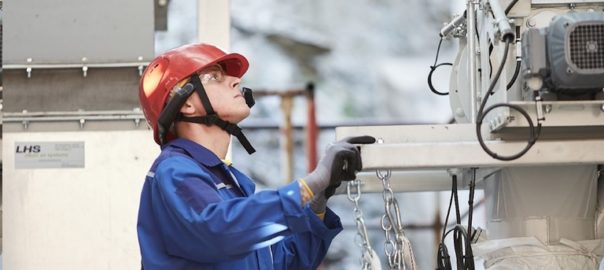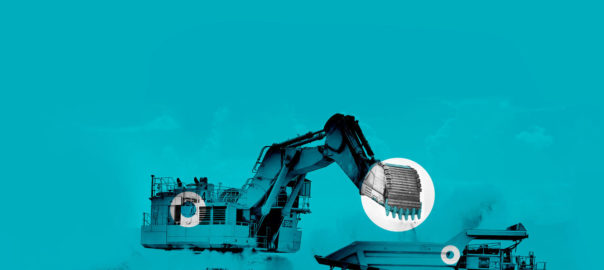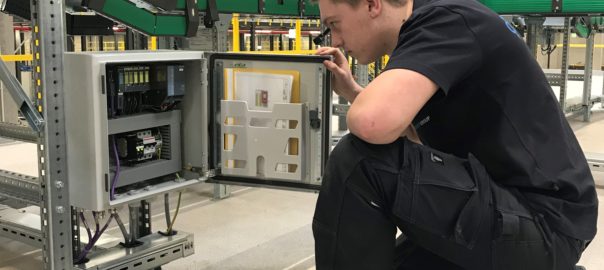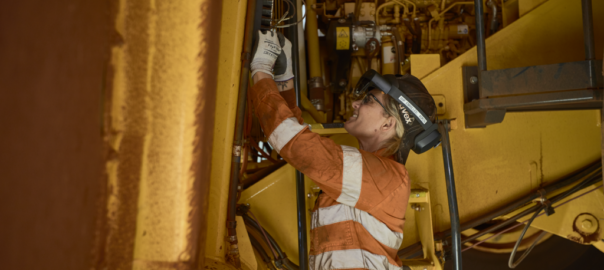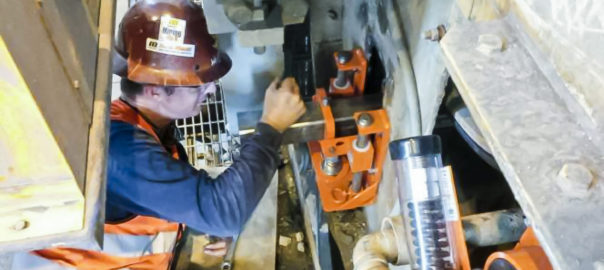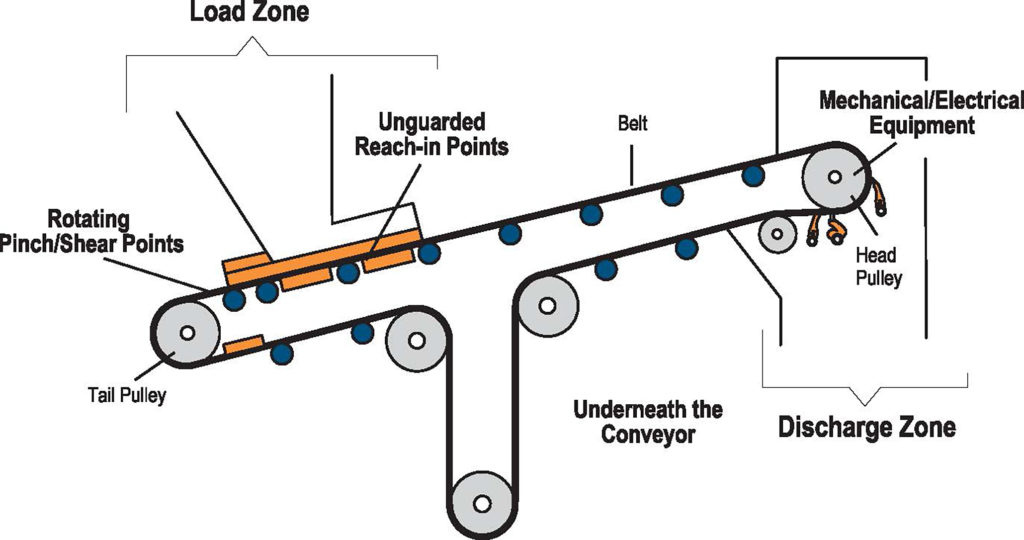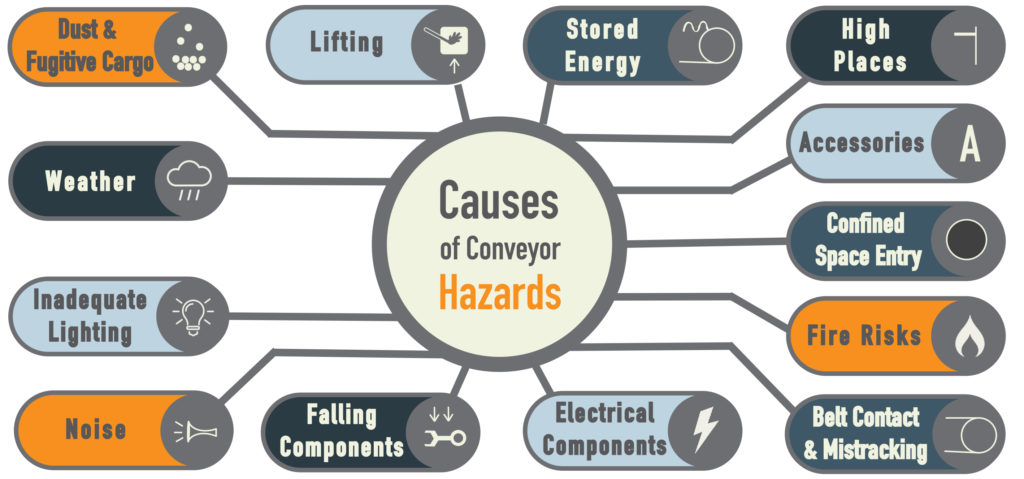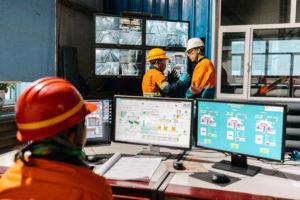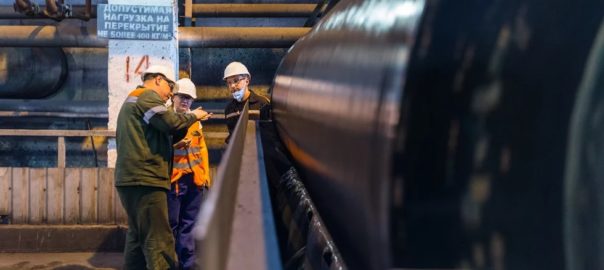Hexagon’s PPM division and RealWear® have announced the continued development of interoperability between Hexagon’s Xalt Connected Worker solution and RealWear’s HMT family of wearable, hands-free devices.
The combination of software from Hexagon and hardware from RealWear allows workers in industries such as metals and mining to increase efficiency of operations while minimising potential safety issues, they say.
Using the ‘Maintenance Execution 2.0’ package, workers can leverage hands-free technology, end-to-end, throughout their work processes, the companies say. All necessary data can be provided to the worker at the required time and place, while communication and collaboration between operations and maintenance is increased.
“These digital workflows are designed to optimize a technician’s ‘time on tool’, ultimately improving important metrics like mean time to repair, first time fix rates and overall reliability,” Hexagon PPM and RealWear say. “Efficiency and safety can be optimised by real-time notifications of hazards and ‘near-miss’ reporting. This increased visibility into plant conditions drives preventative action and improves traceability for auditing and investigating purposes.”
Sanjay Jhawar, RealWear President and Co-Founder, said: “Our partnership with Hexagon and the integration with Xalt harnesses the power of RealWear’s 100% hands-free platform and our industrial head-mounted, assisted reality headsets, enabling customers to rapidly deploy and quickly scale tailored connected worker solutions that simultaneously enhance both productivity and safety.”
Jaclyn Arnold, Vice President of Owner Operator Solutions, Hexagon’s PPM division, said: “The combination of Hexagon’s Connected Worker solutions with Xalt and RealWear’s wearable hands-free technology provides a unique ability to conduct plant work processes with increased safety and efficiency.”







